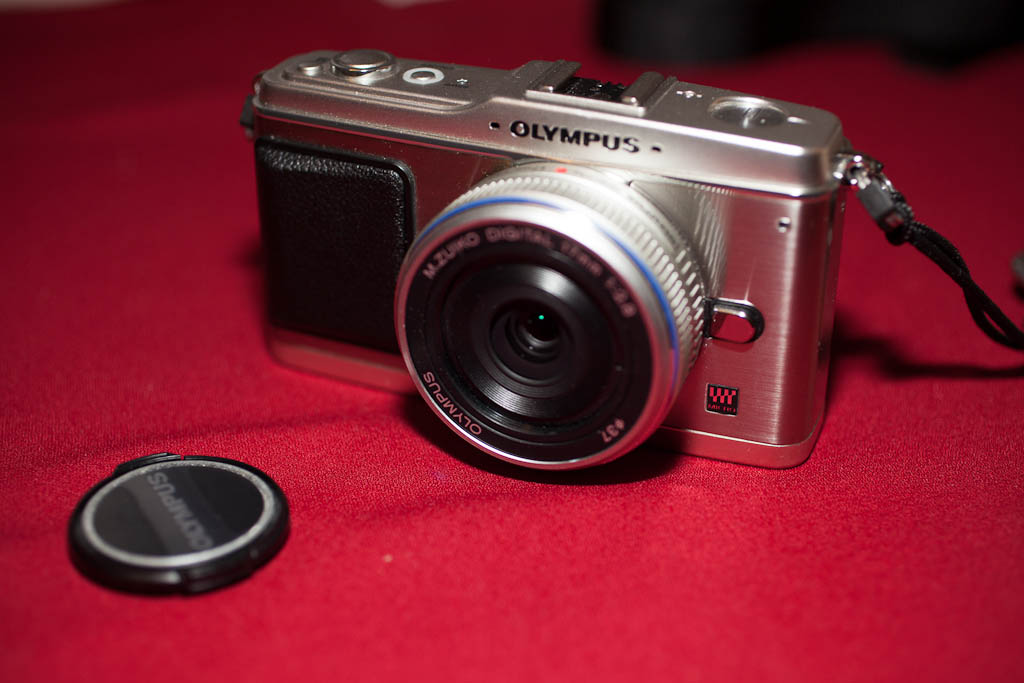Nikon finally officially announced the Nikon Z, their new mirrorless digital camera system. Mirrorless is not new for Nikon as they just discontinued the Nikon 1, but this time they are getting serious.
And there is a lot of hate about the Nikon Z, haters are gonna hate.
So let’s review what’s the offer:
The Nikon Z6 and Nikon Z7, are the first two mirrorless cameras with a full frame sensor from Nikon, and they use the new Z-mount. Priced at US$2,000 and US$3,400 respectively, they fall in the same price, the Sony α7III and α7RIII. Both cameras share a lot in their design, handling and appearance. The main differentiator between them is the sensor resolution, maximum ISO, maximum FPS and number of autofocus points, like the two Sony models mentioned.
Note: I haven’t seen it nor touched it – I’m not part of that circle of people. This is a commentary on the specs, you have been warned.
One little distinguishable feature, that you can already find on some of the Fujifilm cameras like the GF50 or the X-H1, is the top LCD screen. A matrix of dots instead of predetermined display: this allow a greater flexibility in what can be displayed.
The controversy comes from the memory card slot. First, there is only one: there is a (relatively small) number of people in that market segment that want two slots, as a safety against losing a shoot when a memory card fails. Second, and that’s probably the worst in my books, is the use of the XQD format. No. Not yet again a format nobody else uses.
Z-mount
Let’s talk about Z-mount a little bit. Since 1959, Nikon has been using the F-mount on their SLR system. Neither aut-focus nor digital made them change the lens, even though there are different classes of F-mount depending on the presence of an aperture ring or screw auto-focus (i.e. the auto-focusing system is on the body with a mechanical coupling, instead of in the lens). Since Nikon managed to go that far without changing the mount, why doing it now?
As I explained in a previous post, a mirrorless system would allow a shorter flange distance to be able to benefit from a more compact form factor. Since that make the lens incompatible, why not changing the mount? This is were the Z-mount comes. Dropping all the legacy baggage it address some of the issues. One of them is the diameter that has prevented from making very wide aperture lenses. At 55mm, it is probably one of the largest diameter for that size of sensor (or film format), and Nikon already announced a Noct lens: Nikkor Z 58mm f/0.95 lens.
With a flange distance of 16mm, not only you have a slim body, but you also have more possibilities in term of adapted lenses. And there will be an F-mount adapter priced at US$250 that will allow using F-mount lenses immediately, albeit you lose some of in-body image stabilization efficiency by having only 3-axis VR.
3 lenses will be available in Z-mount at launch, priced a bit over the top:
At least 9 other Nikkor Z lenses are planned until 2020, including Nikkor Z 58mm f/0.95
Video
Video isn’t forgotten with the Nikon Z. A range of resolution and frame rates, with 4K HD up to 30 fps, and 1080p HD up to 120 fps for smooth slow motion, mic in, headphone out. A notable omission is the flip out screen, but this is on par with the Sony. The 1080p120 mode is cropped, while all the other modes are full frame.
Caleb Pike from DSLR Video Shooter has some praise for the Z6 on the specs (video):
You can shoot 10-bits N-log 4K in full frame, albeit with an external recorder, with a camera that cost around US$2,000. Something that is usually cost much more. He also believe Nikon colour science is superior to Sony, something that will have to wait to be confirmed.
In the end, it doesn’t really matter
The Nikon Z seems to be a glimpse into what Nikon think is its future in the field of high-end camera. From what I can see, they stroke the balance to be able to satisfied advanced users (professionals or not), both in the area of photo and video, and will be able to handle the transition away from DSLR which I believe is happening.
I wouldn’t call the Nikon Z ground breaking. They don’t seem to do anything that no one else did before, but it looks like they engineered a camera system that seem to have almost all the ingredients to work. While not perfect, and a first generation product, I’m pretty sure the Nikon Z will be damn fine cameras, and their pricing is within the competition.
One more thing
Nikon is sorry that the Z7 is Selling so Quickly… and Canon has an announcement in that area soon.

